Thailand’s culture runs deep with respect traditions that can puzzle even well-meaning visitors. What seems like a simple greeting or gesture often carries layers of meaning that locals understand instinctively, but foreigners frequently get wrong. These misunderstandings aren’t just awkward moments—they can accidentally offend people or make you appear unaware of basic Thai etiquette.
Here’s a list of 15 Thai respect gestures that foreigners commonly misunderstand, along with what they really mean and how to get them right.
The Wai Greeting
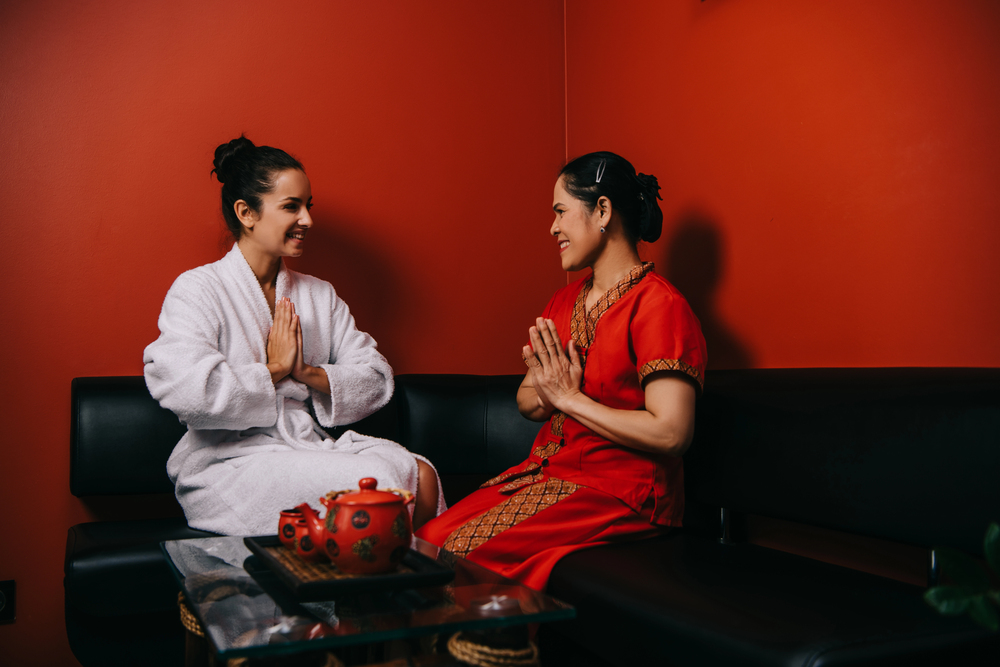
The wai looks simple enough—just press your palms together and bow slightly, right? Actually, the height of your hands and the depth of your bow communicate specific social hierarchies that foreigners often mess up. When greeting someone older or of higher status, your hands should be positioned higher, sometimes even touching your forehead, while your bow should be deeper. A casual wai with hands at chest level works fine for peers, but using it for a monk or elderly person shows you don’t understand the respect levels involved. The person of lower status always initiates the wai first, so wait to see if someone wais you before responding.
Removing Shoes at Temples

Most visitors know to take off their shoes before entering temple buildings, but many don’t realize this rule extends to outdoor temple areas too. You’ll see tourists walking around temple courtyards in their sneakers while locals pad around barefoot or in socks. The sacred ground principle applies to more than just the main halls—it includes any area where Buddha statues are present or where monks conduct ceremonies. Some temples have designated shoe areas, while others expect you to carry your shoes with you as you explore.
Pointing with Feet
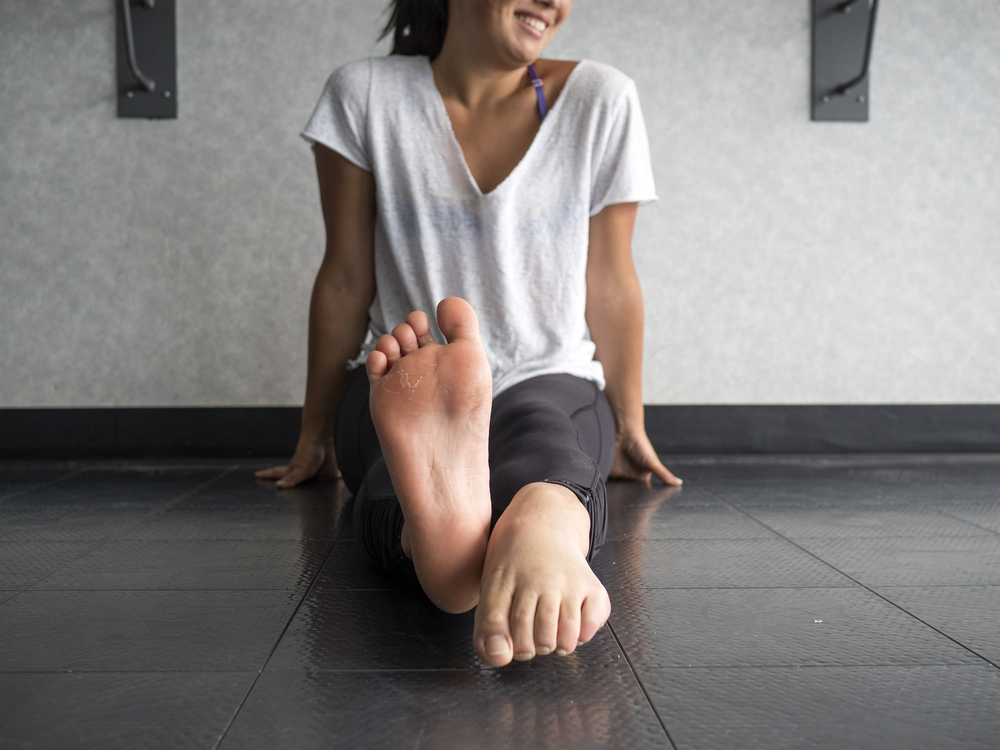
Using your feet to point at things feels natural when your hands are full, but in Thailand, it’s like pointing with your middle finger. Feet are considered the lowest and dirtiest part of the body, so pointing them toward people, Buddha images, or even important objects is deeply disrespectful. This includes sitting with your feet stretched out toward someone or accidentally kicking something toward a person. If you need to point while sitting, use your hand or simply face the direction you’re indicating. Even crossing your legs can be problematic if your foot ends up pointing at someone important.
Head Touching

That adorable Thai child might look like they need a friendly pat on the head, but resist the urge completely. The head represents the highest and most sacred part of the body in Thai culture, making it off-limits to casual touching by strangers. Even accidentally brushing someone’s head while reaching for something requires an immediate apology. This rule applies to people of all ages, though it’s especially important with children since they can’t easily object. Instead of head pats, a gentle shoulder touch or high-five works better for showing affection to Thai kids.
Sitting Higher Than Monks
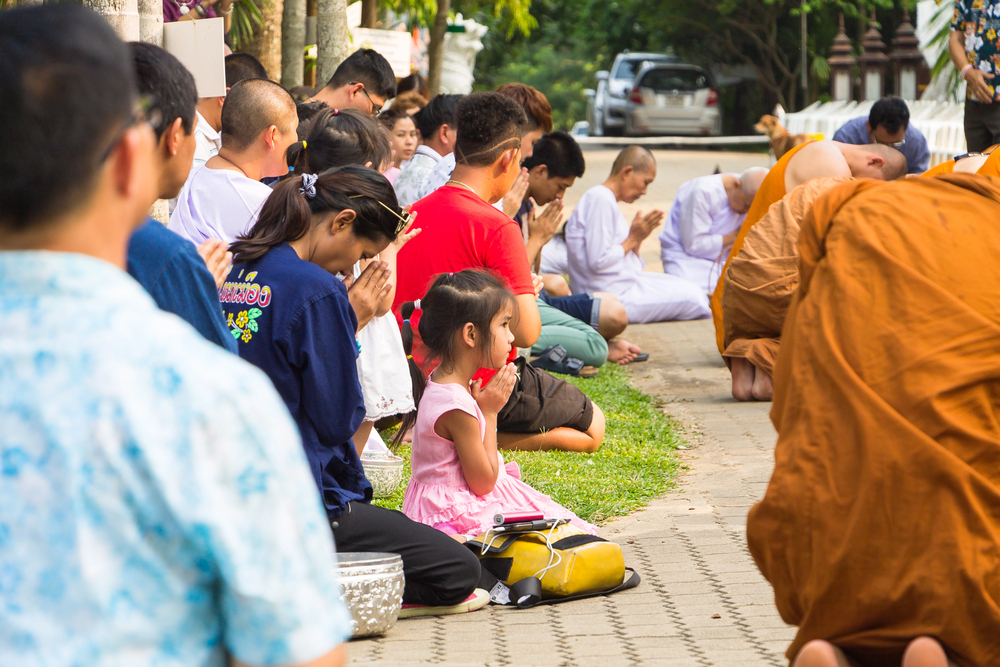
— Photo by sirichaiDeposit
When monks are present, everyone else should position themselves at a lower level, but tourists often miss this completely. You’ll see visitors sitting on chairs while monks sit on the floor, or standing while monks are seated, both of which break fundamental respect protocols. The rule is simple: always position yourself physically lower than any monk in the room. If a monk sits on a chair, you sit on the floor. If they’re on a raised platform, you stay on the ground level. This positioning shows proper reverence for their spiritual status and isn’t just about politeness.
Passing Objects Over People

Reaching over someone to hand something to another person might seem efficient, but it’s considered rude in Thai culture. The act of passing objects or reaching over someone’s head violates their personal space in a way that feels invasive and disrespectful. Instead, walk around the person or ask them to help pass the item along. This applies especially in crowded situations like markets or public transport, where tourists often reach over seated locals without thinking. Taking the extra step to go around someone shows you respect their personal boundaries.
Using the Left Hand
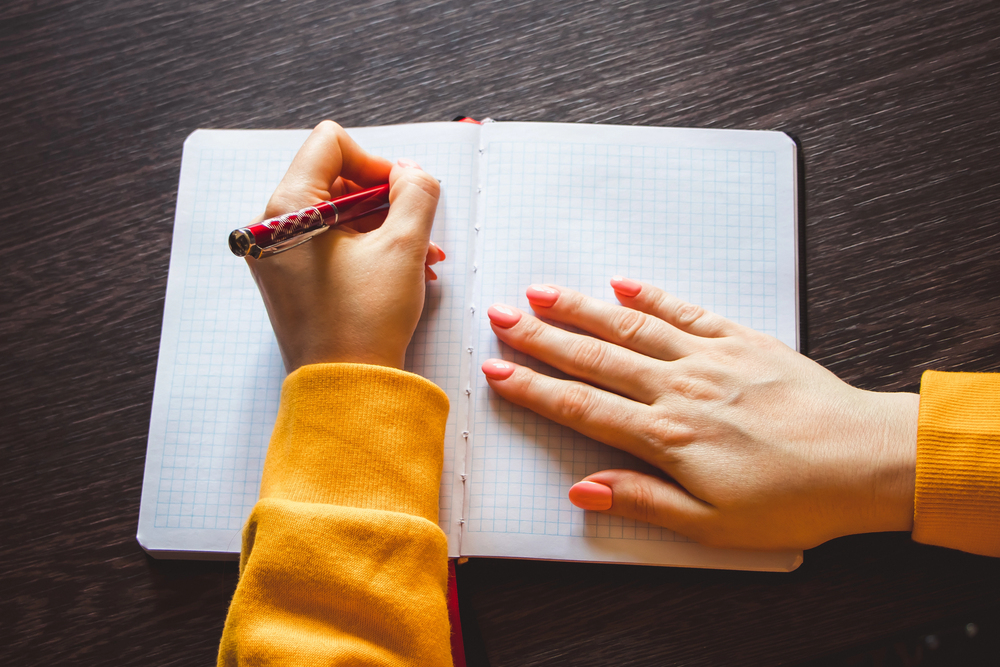
Your left hand is traditionally associated with bathroom activities in Thai culture, making it unsuitable for eating, greeting, or giving gifts. Foreigners often unconsciously use their left hand for these activities, especially left-handed people who find it natural. When offering something to someone, receiving gifts, or eating, always use your right hand or both hands together. If you must use your left hand for support, try to keep it less prominent than your right. This rule is less strict in modern urban areas, but still matters in traditional settings and with older people.
Stepping on Thresholds

Those raised door frames at the entrance of traditional Thai buildings aren’t just decorative—they have spiritual significance that many visitors ignore. Stepping directly on the threshold is believed to disturb the spirits that guard the entrance, so locals always step over them completely. You’ll notice Thai people lifting their feet high to clear these barriers, while tourists often step right on them without thinking. The same principle applies to temple thresholds, traditional homes, and some shops. It takes a little extra effort to step over rather than on, but it shows respect for local beliefs.
Inappropriate Temple Clothing
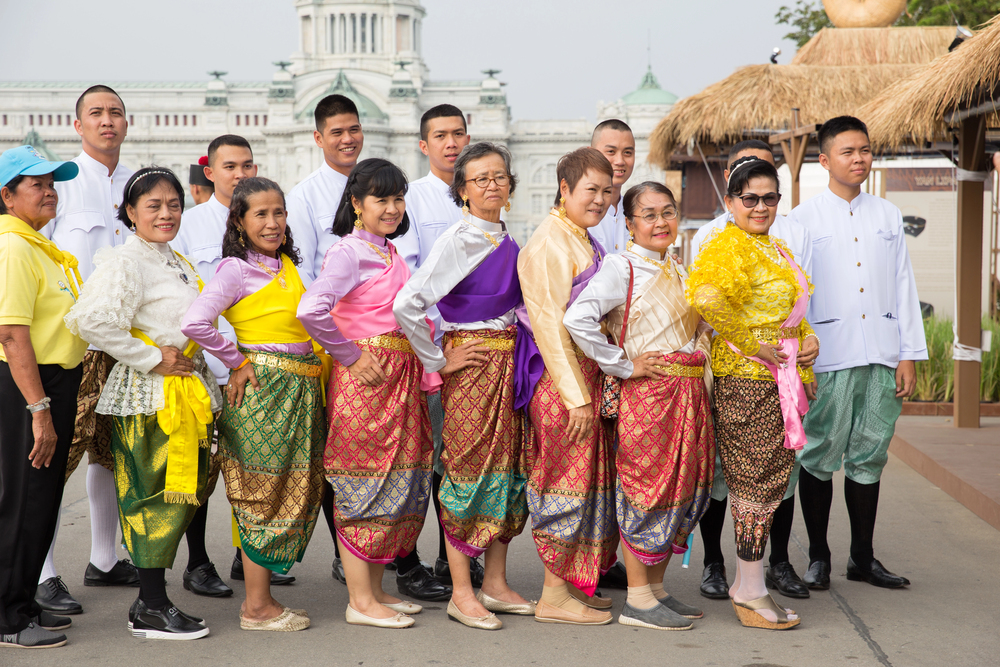
— Photo by coffeekai
The dress code for temples goes beyond just covering shoulders and knees—there are specific colors and styles that show proper respect. Bright, flashy colors or clothing with large logos can be seen as inappropriate for sacred spaces, even if they technically cover enough skin. Traditional Thai temple attire leans toward modest, muted colors like white, cream, or soft pastels. Tight-fitting clothes, even if they cover everything, can also be problematic. Many temples now provide appropriate clothing for improperly dressed visitors, but it’s better to plan ahead with loose, conservative outfits in respectful colors.
Wrong Wai Responses
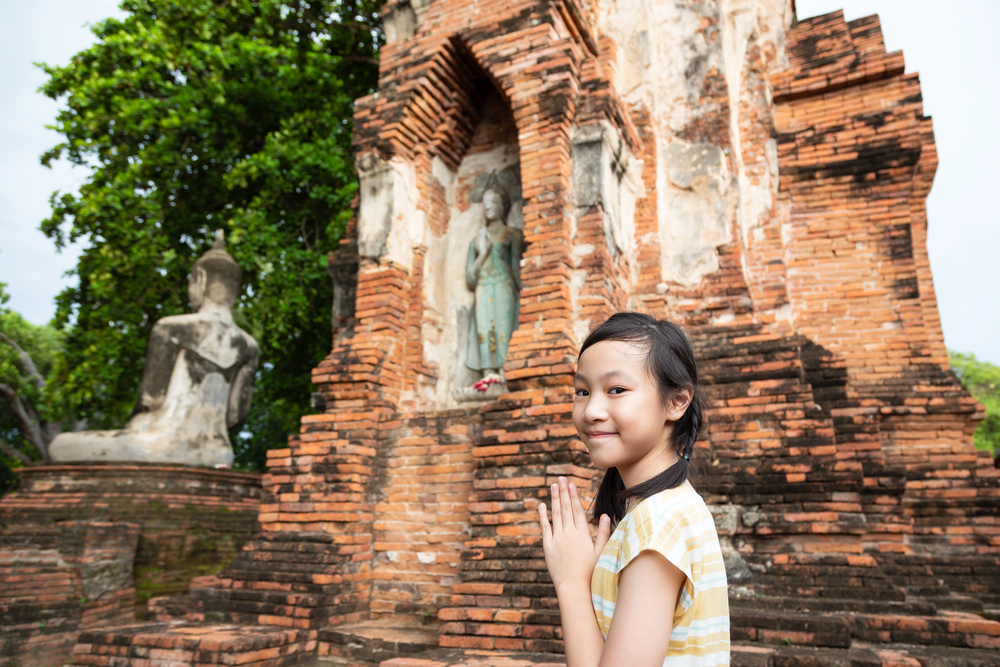
Not everyone who wais you expects or wants a wai back, and responding incorrectly can create awkward situations. Service workers like hotel staff, restaurant servers, or shop employees often wai customers as part of their job, but they don’t expect a wai in return—a smile and nod work fine. Children should always wai adults first and don’t typically receive wais back. However, ignoring a wai from someone of equal or higher status is definitely rude. The trick is reading the social context quickly to determine if a return wai is appropriate or if a different response works better.
Disrespecting Money
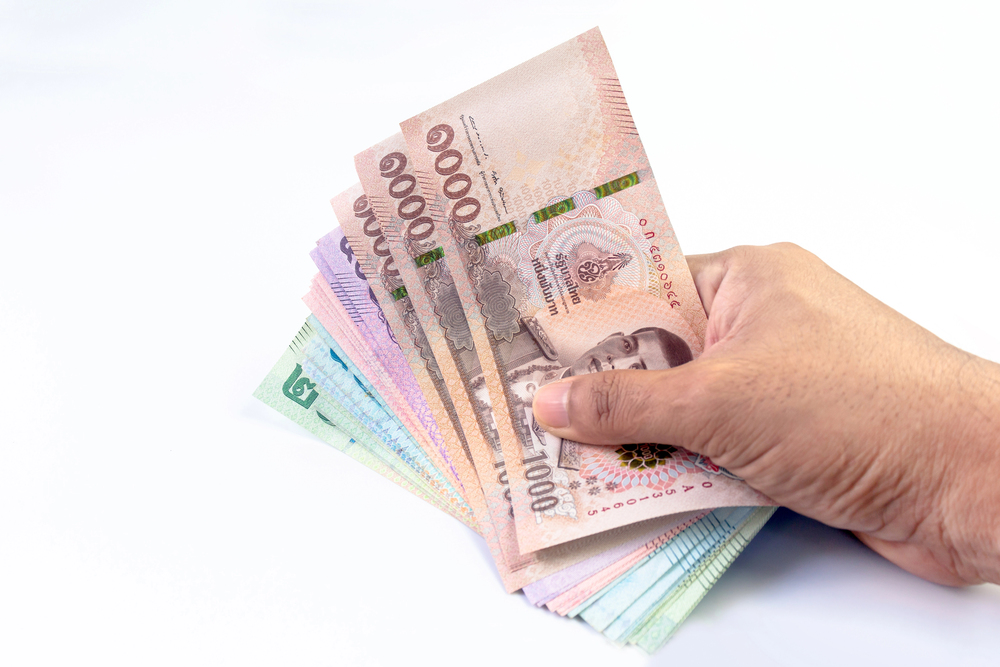
Thai currency bears images of the royal family, making it sacred by association and requiring special treatment that tourists often overlook. Stepping on dropped coins, crumpling bills carelessly, or using money to point at things shows disrespect for the monarchy. If you accidentally drop money, pick it up immediately and smooth out any wrinkles. Never put coins in your back pocket where you might sit on them, and avoid throwing money onto counters casually. Handle Thai currency with the same care you’d show to religious objects, because that’s essentially what it represents to many Thai people.
Royal Anthem Standing
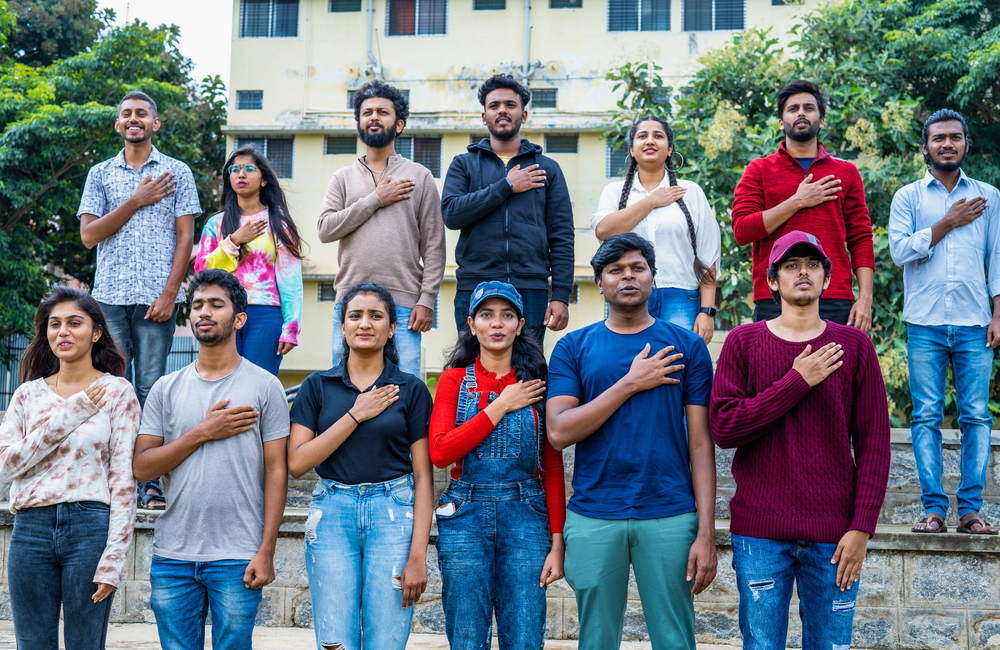
When the royal anthem plays in movie theaters, public spaces, or during certain events, everyone stops what they’re doing and stands in respectful silence. Tourists often continue talking, checking their phones, or moving around, which draws disapproving stares from locals. The anthem lasts about a minute and signals deep respect for the monarchy that’s still very much alive in Thai culture. Even if you’re in the middle of eating or involved in conversation, pause everything and stand quietly until the music ends. This happens daily at 8 AM and 6 PM in many public places, plus before movies in theaters.
Buddha Image Positioning
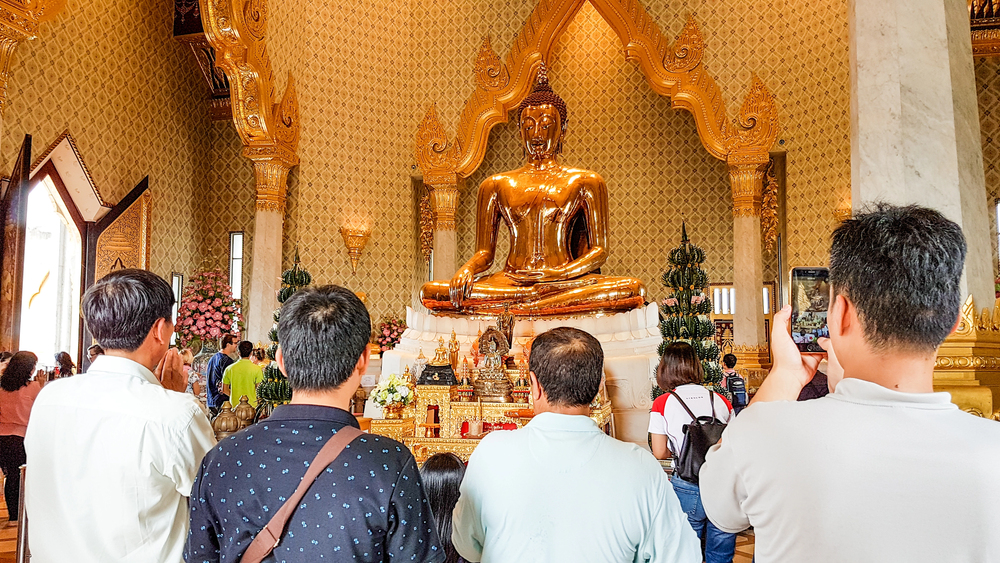
Taking photos with Buddha statues requires careful positioning that many visitors get completely wrong. Turning your back to Buddha images for selfies is considered extremely disrespectful, as is sitting higher than the statue or pointing your feet toward it. The proper way is to position yourself lower than the image and face it respectfully, even in photos. Some temples prohibit photography entirely, while others allow it with strict guidelines. Before snapping pictures, observe how locals position themselves around Buddha images and follow their lead. Remember that these aren’t just decorative art pieces—they’re sacred objects deserving of reverence.
Monk Interaction Rules
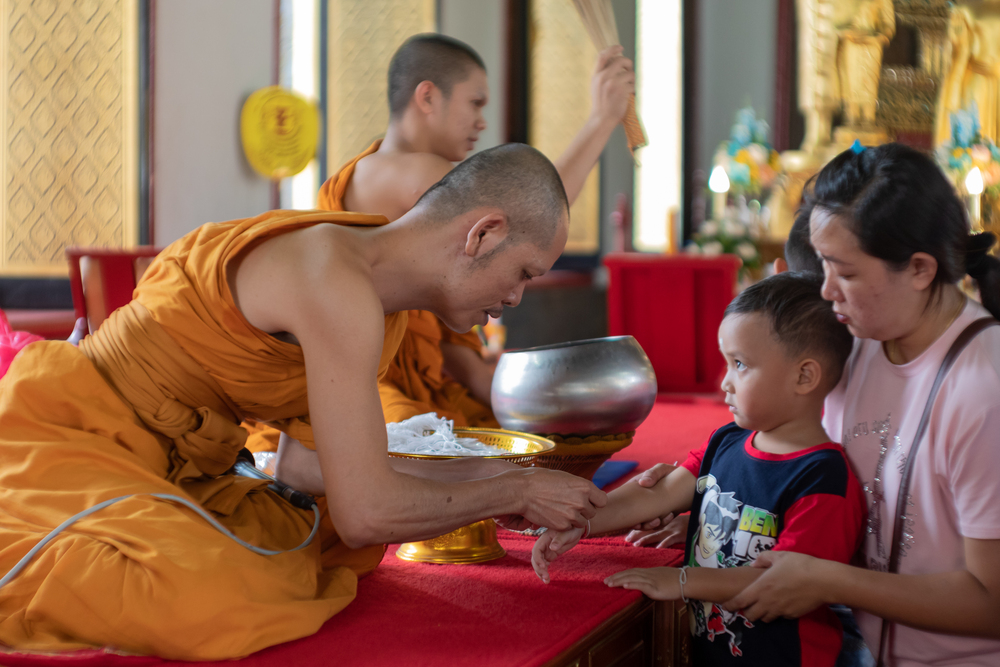
— Photo by jhp518
The rules for interacting with monks extend far beyond just showing respect—there are specific protocols that foreigners often violate unknowingly. Women cannot touch monks at all, not even to shake hands or pass objects directly. Instead, women should place offerings on a cloth that the monk can then pick up. Men can have more direct interaction, but should still maintain appropriate distance and formality. Never sit next to a monk on public transport unless no other seats are available, and always offer your seat if the transport is crowded. Speaking loudly or casually around monks shows a poor understanding of their revered status.
Gift Giving Etiquette

Presenting gifts to Thai people involves specific techniques that show respect and understanding of cultural values. Always offer gifts with both hands, never just one, and present them with a slight bow or wai gesture. The wrapping matters too—avoid bright wrapping paper or bows that might seem too flashy or inappropriate for the occasion. When receiving gifts, accept them with both hands and express gratitude before setting them aside to open later, rather than tearing into them immediately. This patience shows you value the relationship more than the gift itself and understand proper Thai social timing.
Living Thai Traditions Today
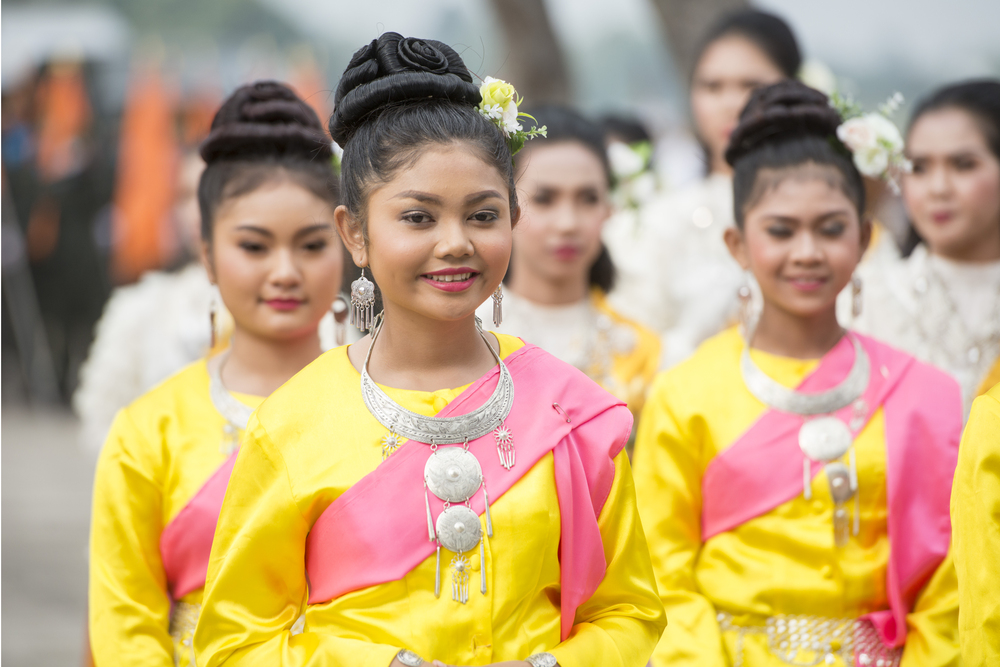
— Photo by urf
These respectful gestures aren’t museum pieces from Thailand’s past—they remain active parts of daily life that shape how people interact with each other. Understanding them helps you connect more authentically with Thai culture and shows locals that you care enough to learn their social language. While younger, more urban Thai people might be more flexible about some traditions, showing proper respect never goes out of style and always makes a positive impression. The effort to learn these gestures demonstrates the kind of cultural curiosity and respect that turns tourists into welcomed guests.
More from Travel Pug

- 20 Best Beach Towns in the Carolinas
- 13 Destinations Where Tourists Regularly Regret Their Trip
- 20 Things You Actually Get in First Class
- 20 Small Airports With Aviation Museums
- 20 Places in the U.S. That Are Perfect for a Reset Trip
Like Travel Pug’s content? Follow us on MSN.
